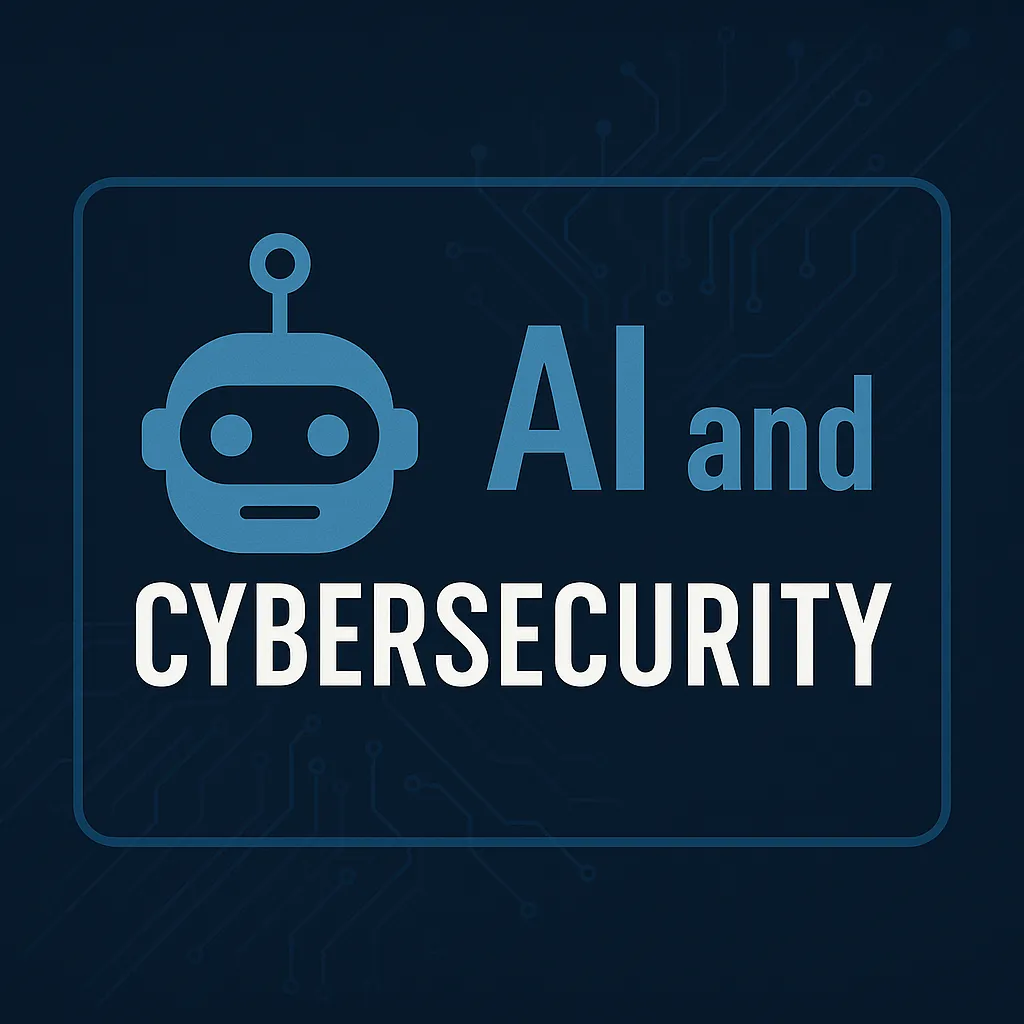The Intersection of AI and Cybersecurity: Enhancing Defenses and Emerging Threats
In the rapidly evolving tech landscape, artificial intelligence (AI) plays a pivotal role in shaping cybersecurity practices. This article explores how AI technologies are both amplifying defense mechanisms against cyber threats and, paradoxically, enhancing the capabilities of cyber attackers.
AI as a Cybersecurity Ally
AI's integration into cybersecurity offers numerous advantages. Automated systems powered by AI can analyze vast amounts of data for threat detection, effectively identifying and neutralizing risks faster than traditional methods. For example, the US has been actively incorporating AI into its cybersecurity strategies to bolster national defense mechanisms (Punchbowl News).
Benefits in Threat Detection and Response
AI systems excel in recognizing patterns and anomalies. This capability allows them to detect potential threats before they become critical. AI-enhanced security systems are not only quicker in response but also operate continuously, providing around-the-clock surveillance and protection.
Risks and Challenges Posed by AI
Despite its benefits, AI technology also presents new challenges in cybersecurity. Advanced AI algorithms can be used by cybercriminals to conduct more sophisticated cyberattacks, such as those reported by the UK National Cyber Security Centre, which emphasize AI's potential to significantly enhance threats like ransomware (NetSec News).
AI in Adversarial Hands
Iran's accelerated cyber operations, backed by AI, showcase how state-sponsored and state-affiliated groups can adopt AI to increase the efficacy and stealth of their cyber attacks (Apple News).
Regulations and Future Outlook
As AI continues to intertwine with cybersecurity, the regulatory landscape is also evolving. Predictions for 2025 suggest that new regulations may require enhancements in encryption and monitoring to better safeguard against AI-enabled threats. Understanding global privacy laws, like those in the EU, becomes crucial in this context (Packet Storm News).
Preparing for the Future
Both organizations and individuals need to stay informed about the advancements in AI and their implications for cybersecurity. By keeping abreast of technological and regulatory changes, they can better prepare for future challenges and harness AI's potential responsibly and effectively.
In conclusion, the dual use of AI in cybersecurity as both a protective and a disruptive force necessitates a balanced approach, emphasizing enhancement of defenses and keen awareness of emerging threats. Embracing AI responsibly and staying ahead of regulatory changes will be key to navigating this complex landscape.

